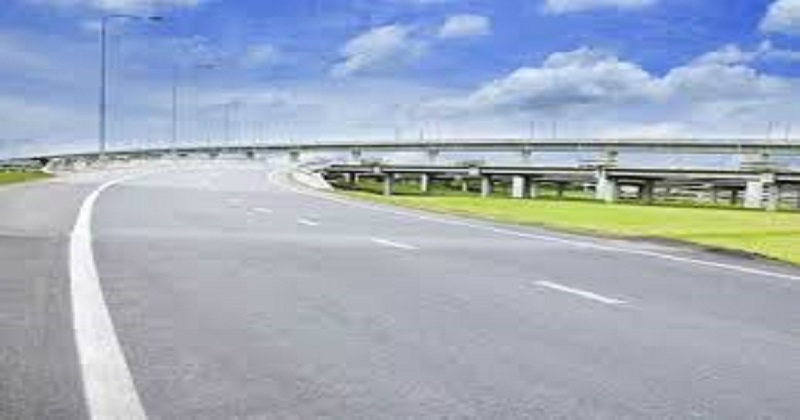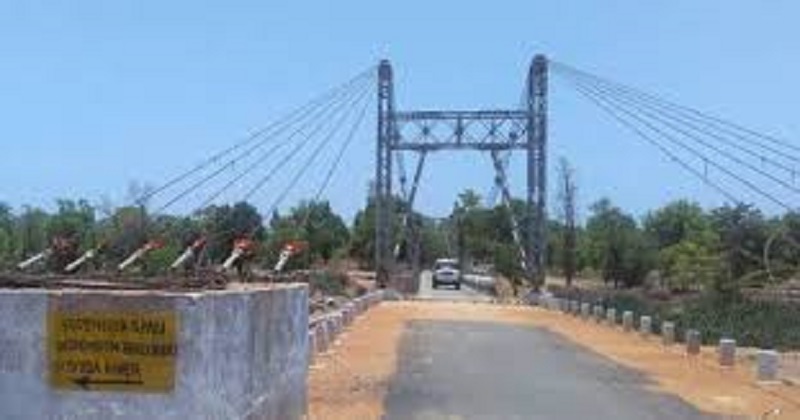
The Chhattisgarh government has exerted its expansion policy fully inside the Maoist centers despite giving a heavy cost for human casualties. The Bastar Police has begun arranging some success as road systems and bridge constructions connect the tribals regions with the cities.
The Red Zone is presently prospering with security cabins in vital areas. These camps not only protect the lives and assets of civilians but also provide an environment for all-encompassing growth. Last year witnessed the extension of 16 new camps. In the last 20 years, over 118 camps have been settled up in the Bastar region for CRPF, BSF, ITBP, SSB, Chhattisgarh Armed Force, and local police.
The contributing infrastructure of roads and bridges indicates immense importance in the war on Left-wing Extremism (LWE). The seven worst-affected districts in the state have witnessed swift road and bridge construction between the persisting Maoist sign. Since 2018, roads comprising about 500 km have been formed in Bastar. These ways combine 11 main pathways over the Bastar range, an area larger than Kerala. “At places hundreds of tribals turned up for ‘shramdaan’ for constructing roads, defying the diktat issued by the guerrillas. Earlier we had to walk 10-20 km to get ration, medical assistance, or a school,” says Bhola Sukalu, a gram panchayat sarpanch in Sukma.

450 km road network has been shaped through tribal settlements and forested areas connecting the 12 main roads in the regions. On average the per km construction expense of a road is Rs 80 lakh in Bastar. Building such infrastructure is incorporated under the Road Requirement Plan (RRP), a Centre scheme for LWE areas and executed by the state.”Our success in the last couple of years has encouraged us to embark upon yet another mission to complete another 450 km of roads by 2023. Various critical axes of the state highways have been opened by deploying security forces,” said IG (Bastar range) Sunderraj P. The Maoists normally object to connectivity schemes in their domains of power. They view roads as disadvantageous to their surprise attack strategies.
Their aim remains heavy machines, vehicles, and the forces giving security to those managing the construction. In many incidents, work was interrupted when they attacked the ‘road opening parties’. “In the face of the martyrdom of scores of security personnel, we have completed over 1600 of the RRP roads in the core Maoist breeding ground. We would be taking up the remaining road construction this year,” said the Bastar IG.
“With a better road network, locals can easily access the civil administration as well as health, education, and various civic action programs. Better connectivity assists the forces in swiftly mobilizing their men and machines during counterinsurgency operations”, says Abhishek Pallava, SP, Dantewada district. As part of the ‘Vishwas-Vikas-Suraksha (trust, development, and security)’ strategy, the police assume it can determine the LWE difficulty through a multi-pronged strategy in which progress is the key.
Read more; Military encounter in Jammu and Kashmir’s Shopian ; Three terrorists killed
In December 2020, the police and administration started the ‘Manva Nava Naar’ (Our new progressive village) drive. The concept is to give basic facilities such as school education, health & Anganwadi center, ration shops, electricity, road and bridge connectivity, banking facilities, and mobile connectivity to villages where security camps are placed, officials said.

Post Your Comments